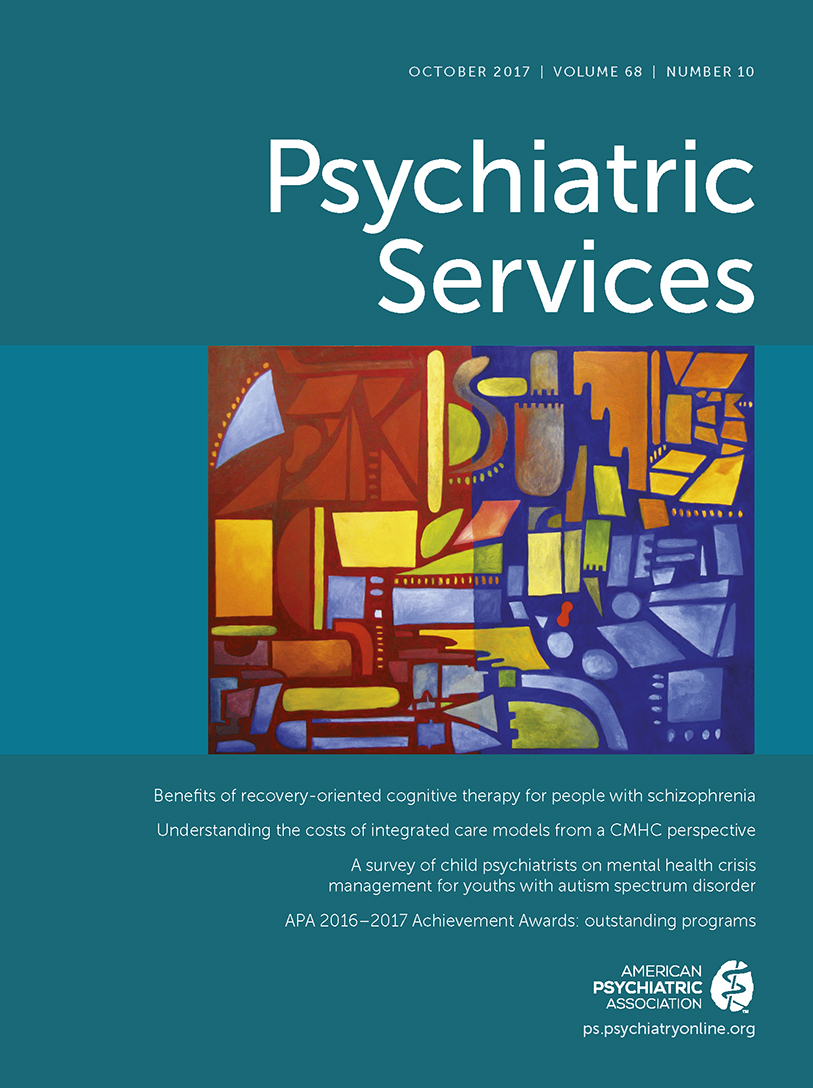Abstract
Objective:
Suicide rates in veteran and military populations in the United States are high. This article reviews studies of the accuracy of methods to identify individuals at increased risk of suicide and the effectiveness and adverse effects of health care interventions relevant to U.S. veteran and military populations in reducing suicide and suicide attempts.
Methods:
Trials, observational studies, and systematic reviews relevant to U.S. veterans and military personnel were identified in searches of MEDLINE, PsycINFO, SocINDEX, and Cochrane databases (January 1, 2008, to September 11, 2015), on Web sites, and in reference lists. Investigators extracted and confirmed data and dual-rated risk of bias for included studies.
Results:
Nineteen studies evaluated accuracy of risk assessment methods, including models using retrospective electronic records data and clinician- or patient-rated instruments. Most methods demonstrated sensitivity ≥80% or area-under-the-curve values ≥.70 in single studies, including two studies based on electronic records of veterans and military personnel, but specificity varied. Suicide rates were reduced in six of eight observational studies of population-level interventions. Only two of ten trials of individual-level psychotherapy reported statistically significant differences between treatment and usual care.
Conclusions:
Risk assessment methods have been shown to be sensitive predictors of suicide and suicide attempts, but the frequency of false positives limits their clinical utility. Research to refine these methods and examine clinical applications is needed. Studies of suicide prevention interventions are inconclusive; trials of population-level interventions and promising therapies are required to support their clinical use.




